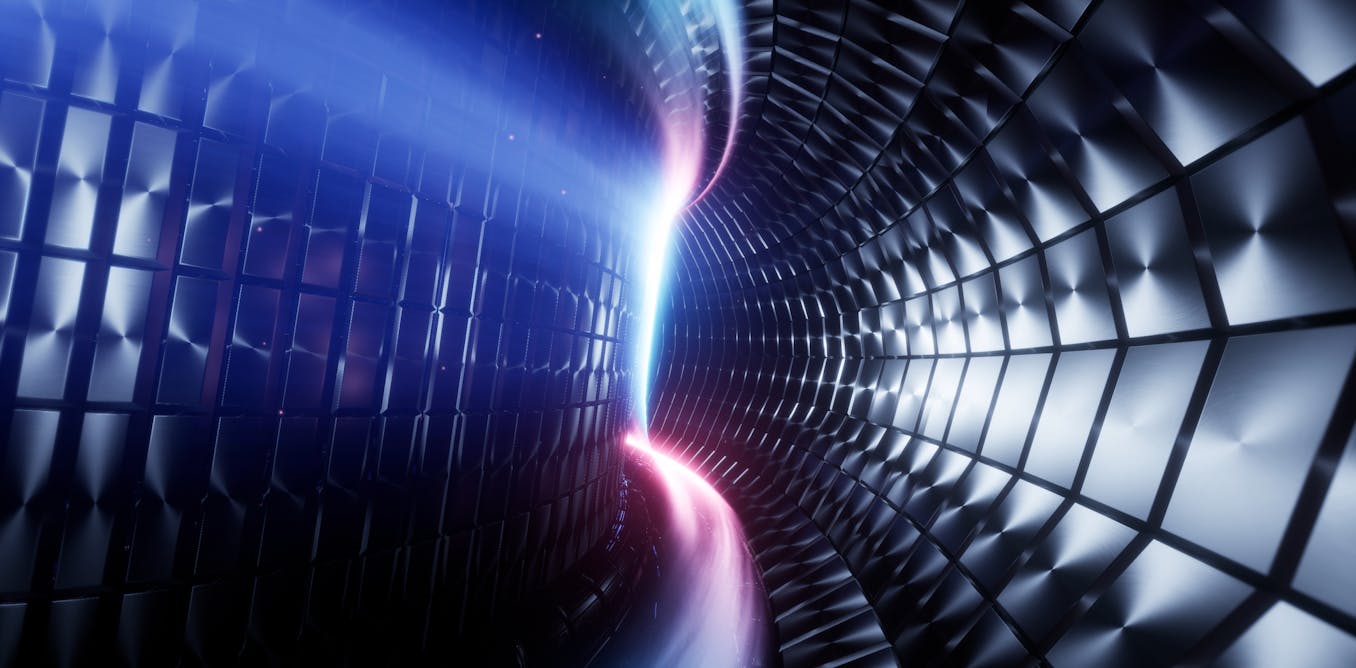nuclear power produces long-lived radioactive waste, which needs to be stored securely. Nuclear fuels, such as the element uranium (which needs to be mined), are finite, so the technology is not considered renewable. Renewable sources of energy, such as solar and wind power suffer from “intermittency”, meaning they do not consistently produce energy at all hours of the day.
fusion technologies have yet to produce sustained net energy output (more energy than is put in to run the reactor), let alone produce energy at the scale required to meet the growing demands of AI. Fusion will require many more technological developments before it can fulfil its promise of delivering power to the grid.



It depends on the type of fusion.
The easiest fusion reaction is deuterium/tritium - two isotopes of hydrogen. The vast majority of the energy of that reaction is released as neutrons, which are very difficult to contain and will irradiate the reactor’s containment vessel. The walls of the reactor will degrade, and will eventually need to be replaced and the originals treated as radioactive waste.
Lithium/deuterium fusion releases most of its energy in the form of alpha particles - making it much more practical to harness the energy for electrical generation - and releases something like 80% fewer high energy neutrons – much less radioactive waste. As a trade-off, the conditions required to sustain the reaction are even more extreme and difficult to maintain.
There are many many possible fusion reactions and multiple containment methods - some produce significant radioactive waste and some do not. In terms of energy output, the energy released per reaction event is much higher than in fission, but it is much harder to concentrate reaction events, so overall energy output is much lower until some significant advancement is made on the engineering challenges that have plagued fusion for 70+ years.